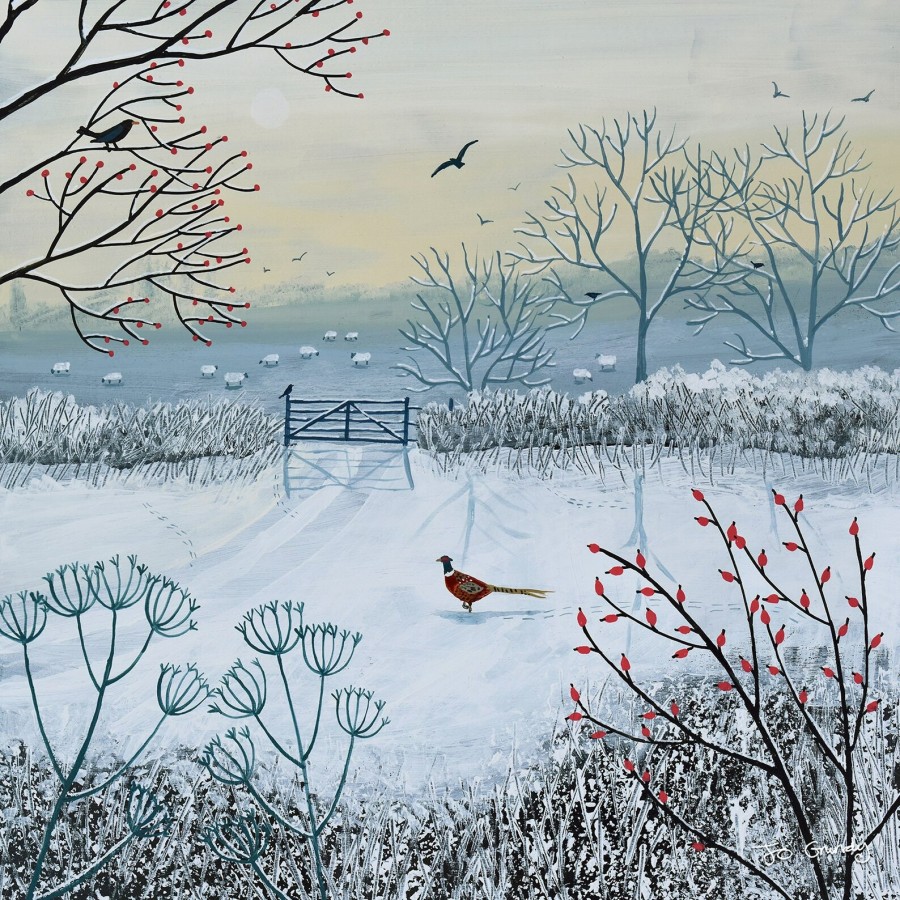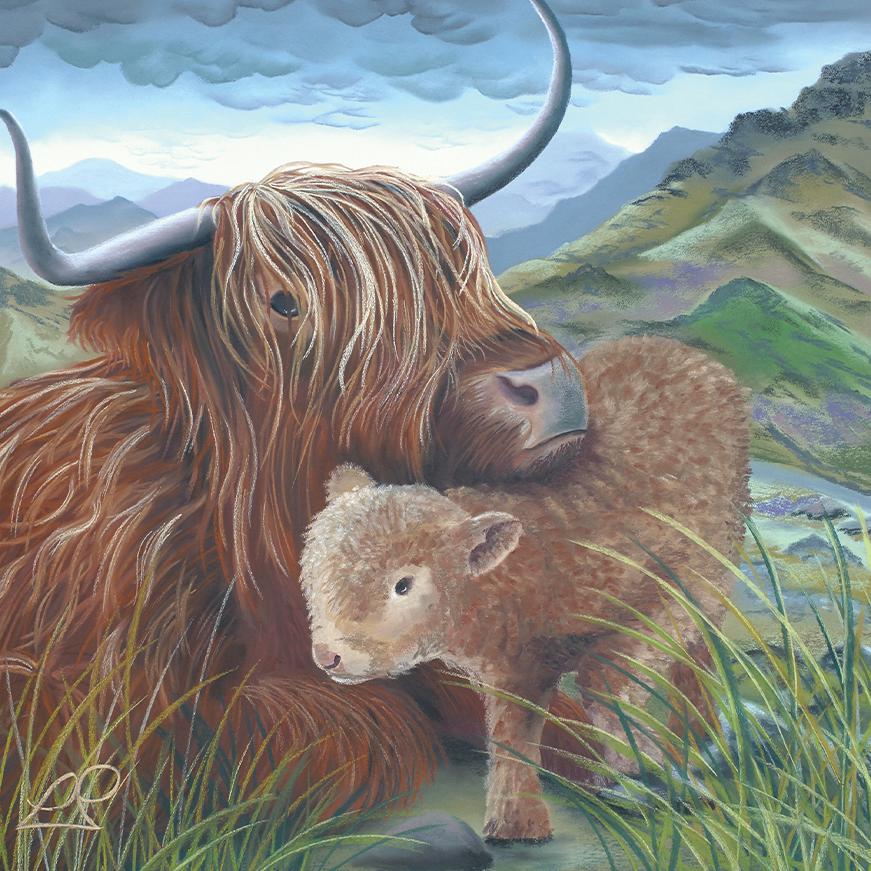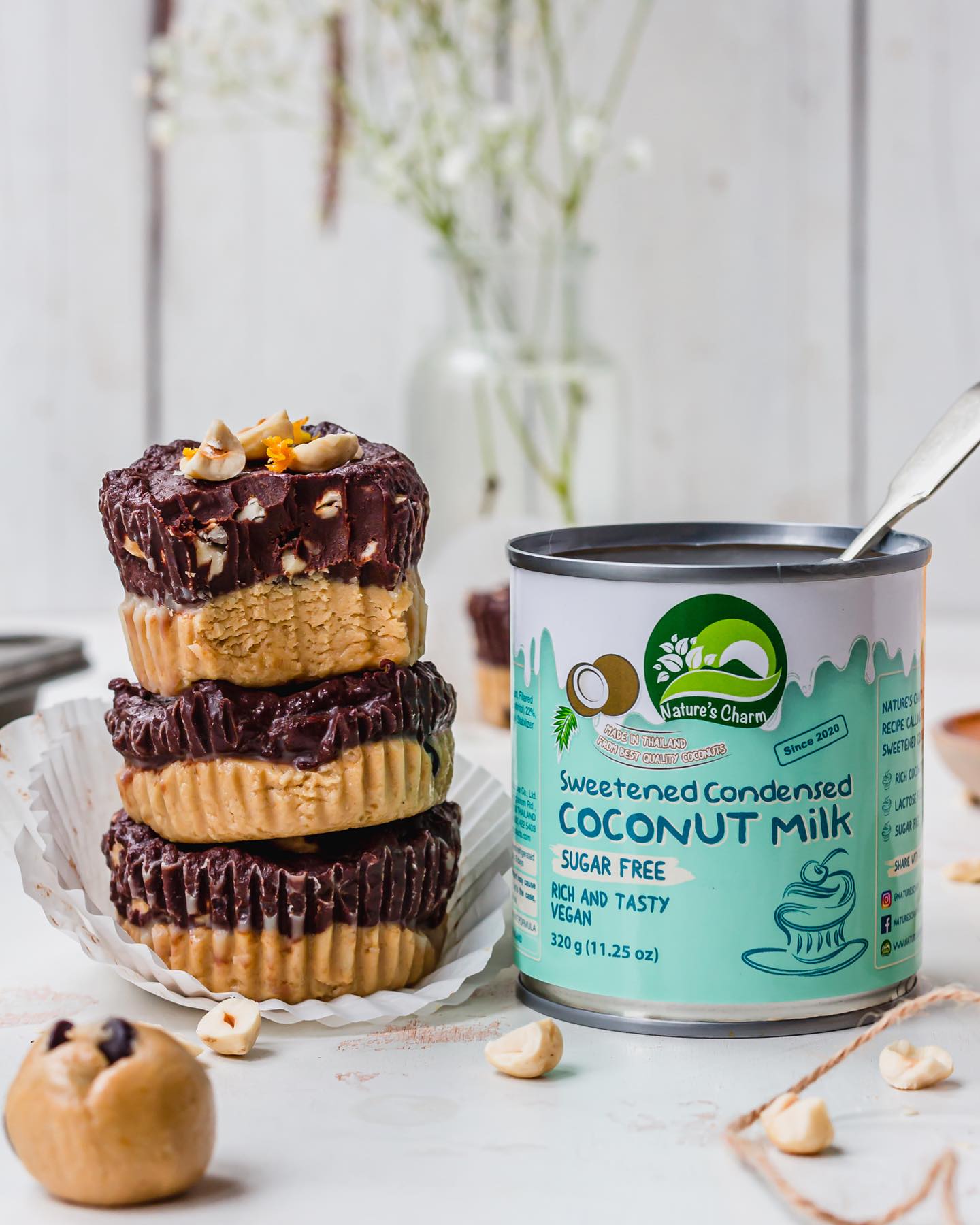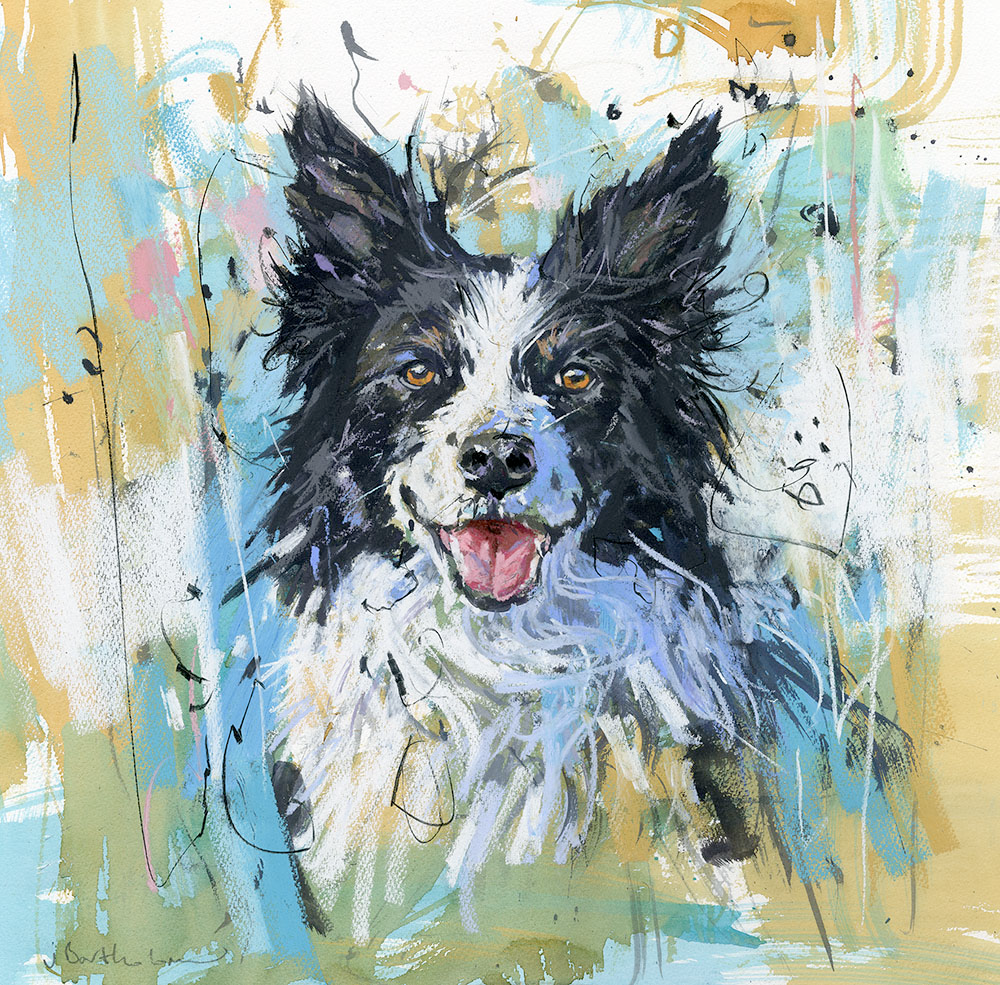
‘Small furries’ are pets like rabbits, guinea pigs, hamsters and gerbils. These are not ‘easy-to-look-after’ first pets for children, far from it. Rabbits are social animals (yet often housed alone in pet shops). And sometimes sold alongside guinea pigs (all experts say that unless already friends, this is not a good idea as they need different foods). Guinea pigs need around a teacup of fresh greens/vegetables daily as they can’t make vitamin C. And a kicking rabbit can injure smaller guinea pigs.
Many people think rabbits should eat carrots and lettuce. But neither are natural foods (the odd treat is okay but carrots are too high in sugar and dark romaine lettuce should only be given now and then – they should not be given high-water iceberg lettuce). The natural diet of rabbits is fresh grass (not clippings) and dust-free hay (which helps wear down teeth and enable natural foraging). Small furries should also have access to fresh water (some people use bowls – or check drip-feed bottles regularly to ensure they are not blocked or frozen).
Indoor rabbits need special care (to avoid eating through cables). And outdoor rabbits need larger accommodations than a simple ‘hutch’ (with access to outdoor secure runs). Many flowers (like rhododendrons) are toxic to rabbits, guinea pigs and chinchillas (order the book: Gardening with rabbits).
It’s usually recommended for two male rabbits living together to be neutered to avoid fights. All small furries need careful handling (so not a good idea for young children to handle them – hamsters in particular are easily injured). Hamsters wheels usually need to be replaced by larger ones as small ones with spokes or wheels can trap feet, cause exhaustion and spinal damage – RSPCA does not recommend hamster exercise balls). Hamsters are also nocturnal, so won’t appreciate being woken up during the day by inquisitive children). Most hamsters are solitary (a few breeds are not). Adopting or buying small furries is not as simple as ‘popping to the store to bring a couple of bunnies back home’.
do your homework, before adopting small furries
If you believe you’re suitable to adopt small furries, do your homework first. Rabbit Welfare has lots of good welfare advice. (as does Blue Cross for rabbits, guinea pigs, hamsters, gerbils, ferretts, mice and rats!). Then if suitable, go to adoption rescue centres (search online by area), rather than just support shops that put profit before welfare, and encourage unnecessary breeding.
Rabbit Welfare has a free downloadable (or £1.50 printed) book On the Hop (50 pages of welfare advice for bunny bliss). The site has info on everything from foods to eat (and avoid), suitable housing and info on caring for guinea pigs.
The organisation also runs several campaigns including:
- Asking pet stores to stop selling smell hutches
- Asking people to adopt not shop (nearly all vets want bans on sales as rabbits breed so quickly, and rescue centres have run out of space).
- Stop schools having ‘pet rabbits’ (with little welfare knowledge).
- Stop unlicensed selling of rabbits for profit.
how to stop wild rabbits eating crops
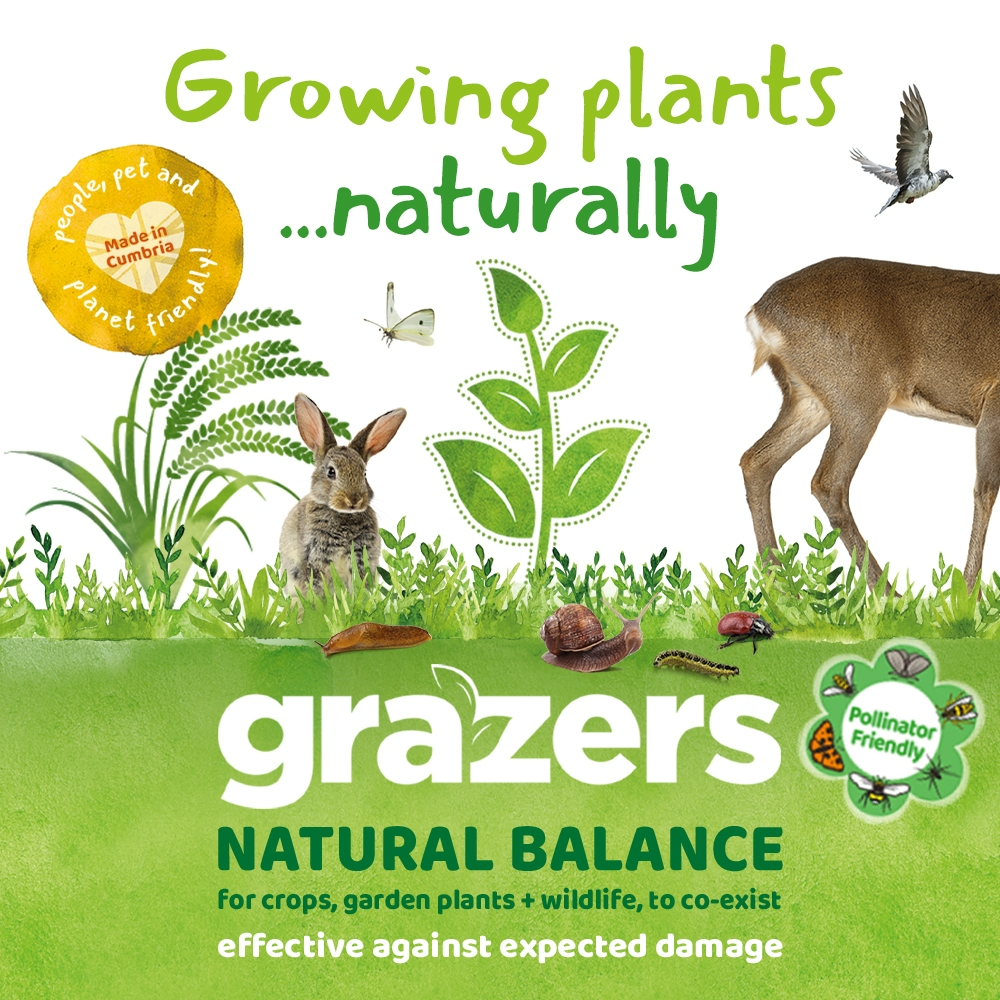
Grazers is a Cumbria company that makes a nontoxic calcium product that makes grass unpalatable to rabbits and other creatures. Obviously not for pet rabbits, but it’s a humane deterrent instead of shooting them, which some golf courses and farmers do, to avoid damage to crops or grass.
Just apply as instructed, and rabbits and other creatures should move to other areas. The product was created after seeing extensive rabbit damage stop after applying, which was followed by agricultural and horticultural trials.
Or you could do what no-dig gardener Charles Dowding does, and just accept that you’ll end up sharing some food with your big-footed friends:
Rabbits have discovered our home in the past three weeks. They are surprisingly tame and disinclined to be shooed away. One came up and waved through the window, while we were eating supper.

